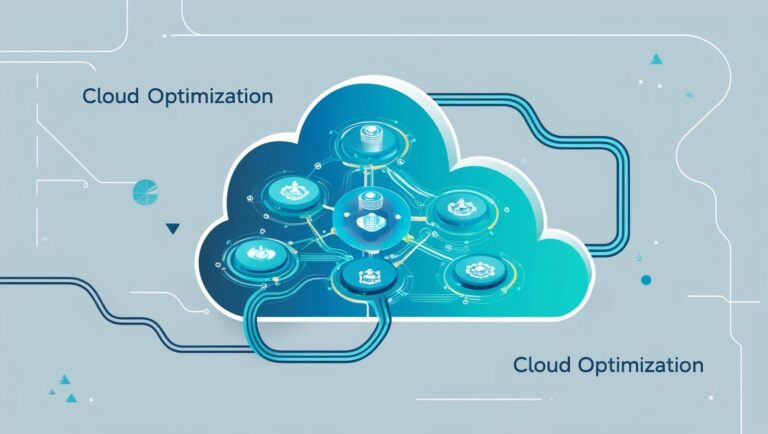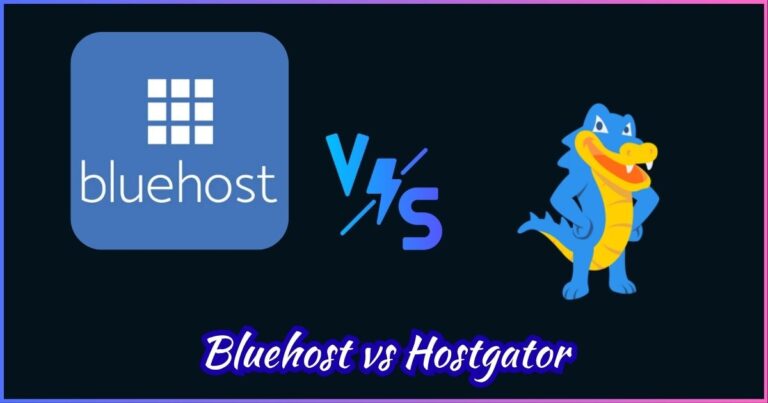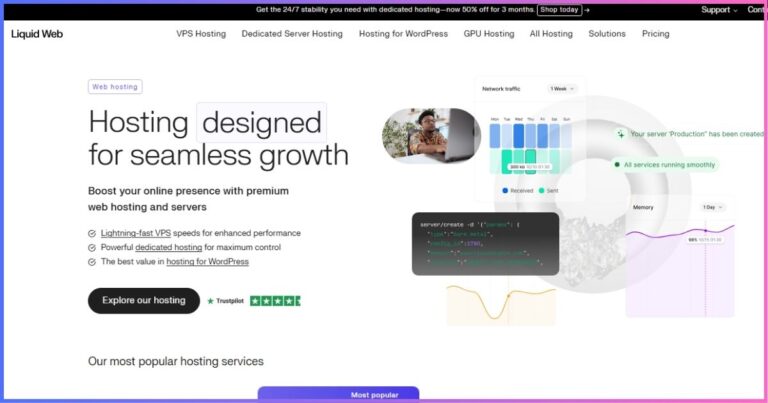MariaDB vs MySQL: A Comprehensive Comparison for Modern Database Management
In the ever-evolving landscape of web development, choosing the right database management system is crucial for building robust and efficient applications. Two popular contenders in this arena are MySQL and its fork, MariaDB.
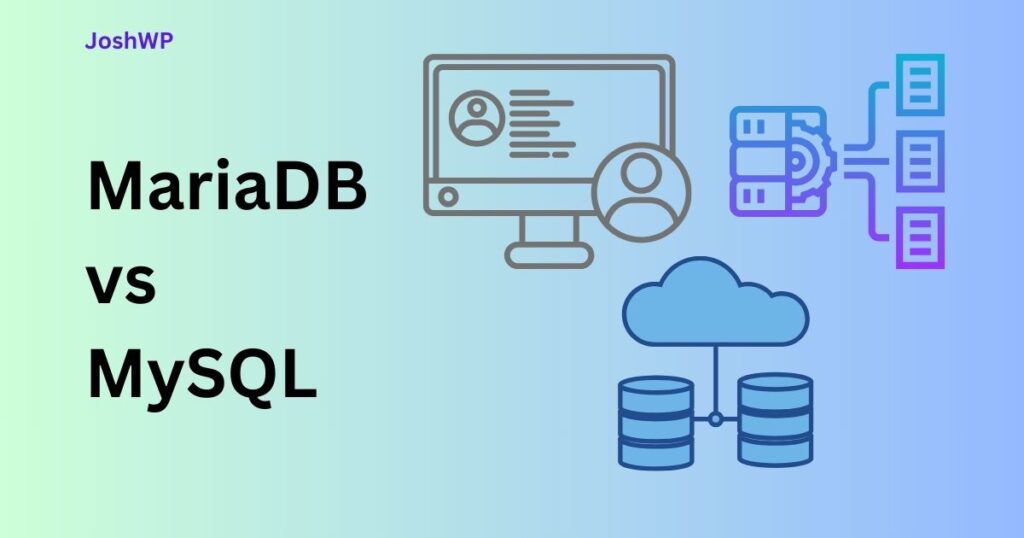
Both offer powerful features and have their own strengths, but which one is the best fit for your project? Let’s dive deep into a detailed comparison of these database titans.
Introduction
In database management systems, MySQL has long been a stalwart, powering countless websites and applications. However, the emergence of MariaDB as a fork of MySQL has introduced a compelling alternative.
Both systems share a common ancestry, but they’ve evolved in distinct ways. This article aims to provide a comprehensive comparison, helping developers and businesses make an informed decision when choosing between MariaDB and MySQL.
Related: Maximizing Deployment on DigitalOcean via Cloudways
Historical Context
MySQL, first released in 1995, revolutionized the database landscape by offering a powerful, open-source solution. It quickly gained popularity and became a cornerstone of the LAMP (Linux, Apache, MySQL, PHP/Perl/Python) stack.
MariaDB, on the other hand, was born in 2009 as a fork of MySQL. Its creation was sparked by concerns over MySQL’s acquisition by Oracle Corporation. Led by some of MySQL’s original developers, MariaDB set out to ensure the continuity of a truly open-source database solution.
Key Features Comparison
Let’s break down the essential features that set these two database systems apart.
JSON Support
Both MySQL and MariaDB have embraced JSON (JavaScript Object Notation) support, recognizing its importance in modern web development.
Feature | MySQL | MariaDB |
|---|---|---|
JSON Storage | Binary format | String format |
JSON Functions | Comprehensive set | Comparable set with some differences |
Performance | Optimized for binary JSON | Efficient string-based operations |
While both systems offer robust JSON capabilities, MySQL’s binary storage might provide a slight edge in performance for JSON-heavy applications. However, MariaDB’s string-based approach offers more flexibility in certain scenarios.
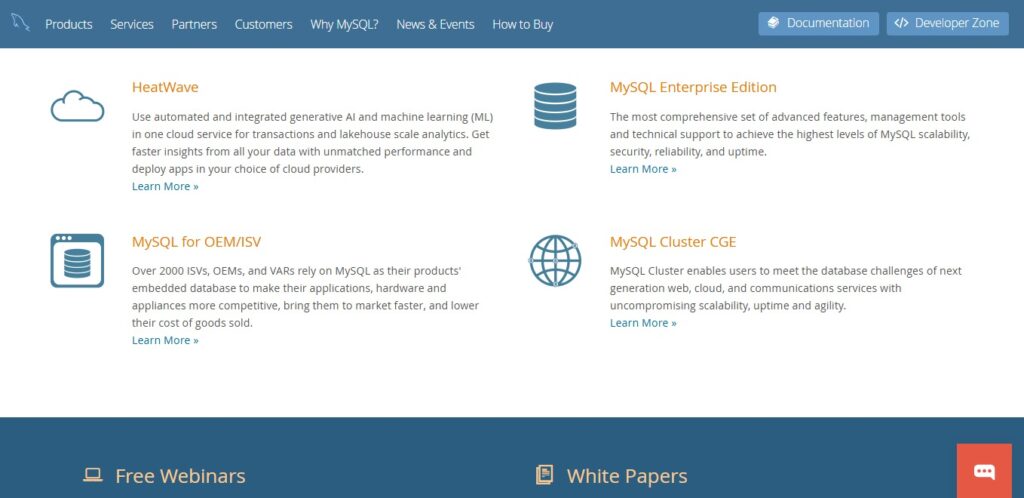
Oracle Database Compatibility
For organizations looking to migrate from Oracle Database or maintain compatibility, this feature can be crucial.
- MySQL: Offers basic Oracle compatibility features.
- MariaDB: Provides extensive Oracle Database compatibility, including support for:
- Stored procedures
- Sequences
- Data types
- PL/SQL syntax
MariaDB clearly takes the lead in this aspect, making it an attractive option for enterprises with Oracle Database experience or migration needs.
Performance and Speed
Performance is often a deciding factor when choosing a database system. Both MySQL and MariaDB have made significant strides in this area.
Key performance indicators:
- Query execution speed
- Replication efficiency
- Concurrent connection handling
MariaDB has gained a reputation for outperforming MySQL in several benchmarks, particularly in:
- Query optimization
- Handling high concurrent connections
- Replication speed
However, it’s important to note that performance can vary based on specific use cases and configurations. Real-world testing in your particular environment is always recommended.
Security Measures
In an era of increasing cyber threats, database security is paramount. Both systems have implemented robust security features, but with different approaches.
MySQL security highlights:
- validate_password component for password verification
- SSL/TLS support for encrypted connections
- Role-based access control
MariaDB security enhancements:
- Three distinct password validation plugins
- PAM (Pluggable Authentication Modules) authentication
- Data-at-rest encryption
- Enhanced auditing capabilities
While both systems prioritize security, MariaDB’s additional options and more granular control give it a slight edge in this category.
Encryption Capabilities
Data encryption is crucial for protecting sensitive information. Let’s compare the encryption features of MySQL and MariaDB:
Encryption Feature | MySQL | MariaDB |
|---|---|---|
Redo/Undo Logs | Supported | Supported |
Temporary Tablespace | Not encrypted | Encrypted |
Binary Logs | Not encrypted | Encrypted |
Table Encryption | Supported | Supported |
MariaDB offers more comprehensive encryption options, potentially making it a better choice for applications dealing with highly sensitive data.
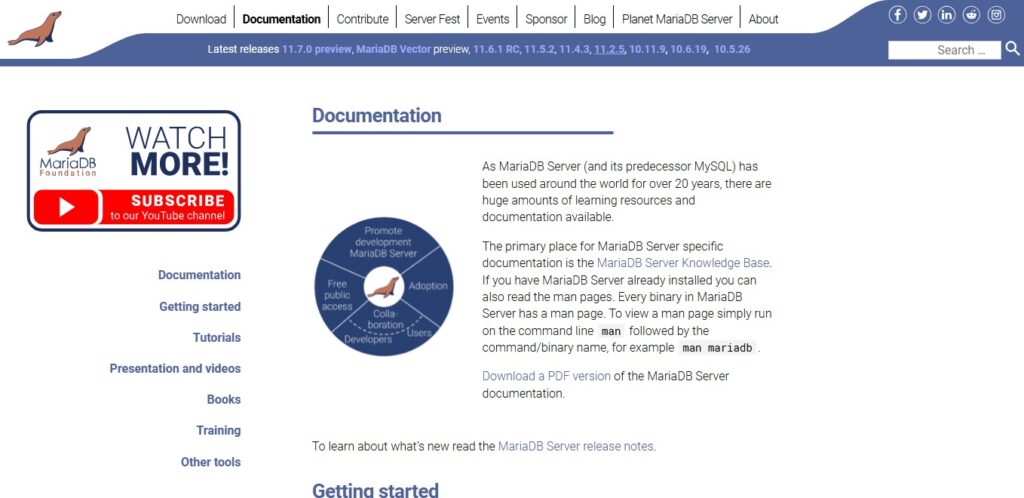
Storage Engines
The choice of storage engines can significantly impact database performance and functionality. Both MySQL and MariaDB support multiple storage engines, but with some differences.
MySQL supported storage engines:
- InnoDB (default)
- MyISAM
- Memory
- CSV
- Archive
- Blackhole
- Merge
- Federated
MariaDB-supported storage engines:
- InnoDB
- MyISAM
- Aria (enhanced replacement for MyISAM)
- XtraDB
- ColumnStore
- Spider
- Connect
- Cassandra
MariaDB offers a wider variety of storage engines, including some specialized options like ColumnStore for analytical workloads. This diversity allows for more fine-tuned optimization based on specific use cases.
Threading and Connection Handling
Efficient handling of multiple connections is crucial for high-traffic applications. Both systems have implemented thread pooling, but with some differences:
- MySQL: Thread pooling is available in the enterprise edition but not in the community edition.
- MariaDB: Thread pooling is included in all versions, including the open-source community edition.
MariaDB’s universal inclusion of thread pooling gives it an advantage in handling high concurrent connections, especially for users of the community edition.
Community and Licensing
The open-source nature of both MySQL and MariaDB has fostered vibrant communities around each project. However, there are notable differences in their licensing and development models.
MySQL:
- Dual-license model (GPL for community edition, proprietary for enterprise)
- Owned and primarily developed by Oracle Corporation
- Large, established community
MariaDB:
- Fully open-source under GPL
- Community-driven development process
- Growing, passionate community
MariaDB’s fully open-source model and community-driven approach appeal to developers and organizations who prioritize open collaboration and transparency in software development.
Use Cases and Adoption
Both MySQL and MariaDB have found homes in a wide range of applications, from small personal projects to large-scale enterprise systems.
Notable MySQL users:
- YouTube
- Netflix
- Spotify
Notable MariaDB users:
- Wikipedia
- Red Hat
- Samsung
- Deutsche Bank
The choice between MySQL and MariaDB often comes down to specific requirements, existing infrastructure, and organizational preferences rather than limitations in either system.
Integration with Popular Platforms
Both database systems integrate well with popular web development platforms and content management systems. Let’s look at their compatibility with WordPress, one of the most widely used CMS platforms.
WordPress compatibility:
- MySQL: Native support, long-standing integration
- MariaDB: Full compatibility, often leading to performance improvements
MariaDB’s compatibility with WordPress extends beyond mere functionality. Many users report faster query execution and better handling of concurrent connections when using WordPress with MariaDB, especially on high-traffic sites.
Key benefits of using WordPress with MariaDB:
- Improved query optimization
- Better scalability for high-traffic sites
- Enhanced security features
- Seamless migration from MySQL
Future Development and Innovation
As the database landscape continues to evolve, both MySQL and MariaDB are actively developing new features and improvements.
MySQL future focus:
- Cloud-native features
- Enhanced JSON capabilities
- Continued performance optimizations
MariaDB innovation areas:
- Advanced analytics with ColumnStore
- Improved Oracle compatibility
- Expanded cloud and edge computing support
MariaDB’s community-driven development model often leads to faster innovation and more frequent releases of new features.
Making the Right Choice
Choosing between MySQL and MariaDB depends on various factors. Here’s a quick guide to help you decide:
Choose MySQL if:
- You need guaranteed enterprise-level support
- Your application relies on MySQL-specific features
- You’re working in an environment with existing MySQL infrastructure
Choose MariaDB if:
- Open-source philosophy is a priority
- You need advanced features like better Oracle compatibility
- Performance and scalability are crucial for your application
- You want a more community-driven development process
Conclusion
Both MySQL and MariaDB are powerful, reliable database management systems capable of handling a wide range of applications. MySQL’s long-standing presence and enterprise backing make it a safe choice for many organizations.
On the other hand, MariaDB’s rapid development, enhanced features, and commitment to open-source principles make it an increasingly attractive alternative.
Ultimately, the choice between MySQL and MariaDB should be based on carefully evaluating your specific needs, including performance requirements, security considerations, compatibility needs, and long-term development plans.
Both systems continue to evolve, pushing the boundaries of what’s possible in database management and ensuring developers have powerful tools for building the next generation of web applications.
Disclosure: We may earn commission for purchases that are made by visitors on this site at no additional cost on your end. All information is for educational purposes and is not intended for financial advice. Read our affiliate disclosure.



